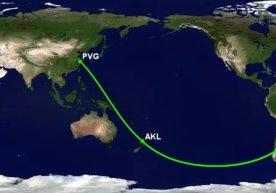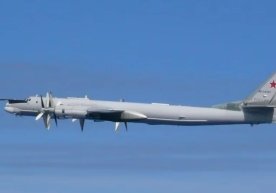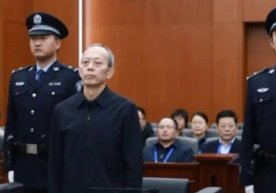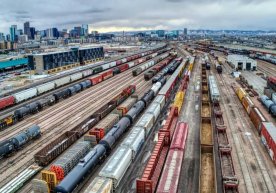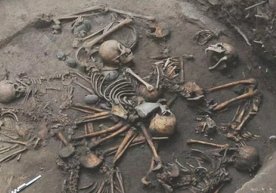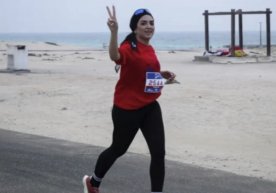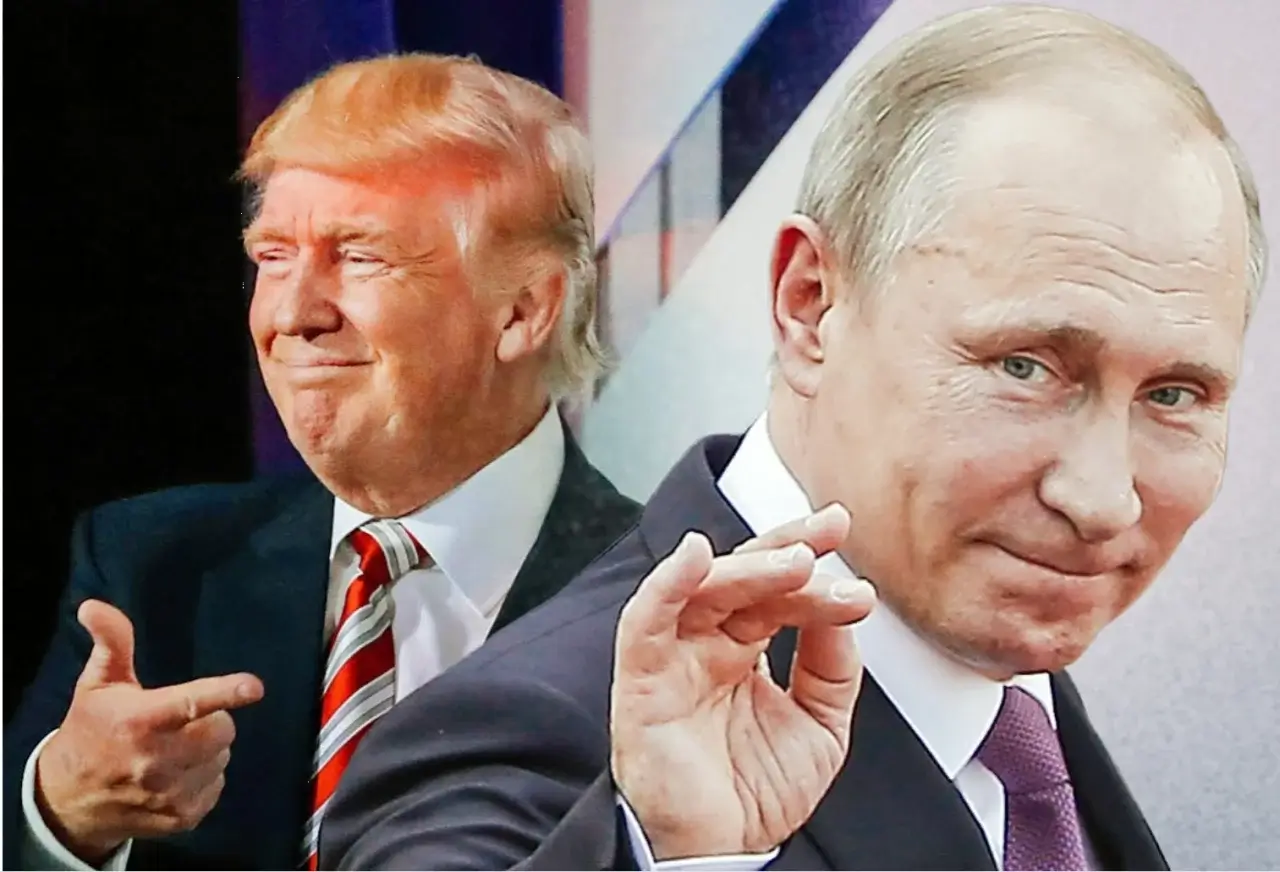
Two days have passed since the meeting in Alaska. No official statement has been made yet, but, as meduza.io reported, it seems the media have already outlined the main contour.
According to sources, the “package” proposed by Moscow includes items such as handing over Donbas, recognizing Crimea as Russian territory, and removing some sanctions. In return, reuters.com wrote, the Russian side is said to be ready to return the seized territories in the Sumy and Kharkiv regions.
As Vladimir Putin’s main condition, the demand for the complete withdrawal of Ukrainian troops from Donbas was mentioned. As reported with reference to Bloomberg’s sources, after his conversation with Putin Donald Trump called Zelensky and European leaders and noted this clause.
As Financial Times writes, at the talks the renunciation of Donbas was presented as one of the Kremlin’s central demands, and it was said that if this point is fulfilled, the rest of the front line could be “frozen.” This implies the likelihood that some areas of the partially occupied Kherson and Zaporizhzhia regions would remain under Russia’s control.
At the same time, it was emphasized that Moscow is not backing away from the demand to remove from the agenda the “root causes” — in particular, NATO’s eastward expansion. This shows that the political foyer remains even more important than the talks.
There is no clarity on the Crimea issue either: it is said that Putin demanded the lifting of part of the sanctions and the official recognition that Crimea belongs to Russia. As Reuters stresses, it remains open by whom exactly this recognition must be made — only the U.S., or also the entire West and Kyiv.
Against the backdrop of the meetings, the overall picture is drawn as follows: Russia demands the withdrawal of Ukrainian troops with regard to Donetsk and Luhansk; in return it agrees to “freeze” the front in its current state in Zaporizhzhia and Kherson. At the same time, as reuters.com wrote, there was mention of readiness to return certain areas occupied by Russian troops in the north of Sumy and the northeast of Kharkiv.
The current balance on the ground: according to the calculations of the DeepState project, Russia controls a total of about 440 km² in Sumy and Kharkiv, while Ukraine holds nearly 6600 km² in Donbas.
It was said that Moscow also hinted at two more political demands: granting the Russian language official status and creating unobstructed conditions for the activities of the Russian Orthodox Church (the Ukrainian Orthodox Church of the Moscow Patriarchate). These items also bring the humanitarian-legal block into the center of the negotiations.
In an interview with Fox News, Trump said that “now everything depends on President Zelensky.” According to FT, in his call with Zelensky and European leaders he emphasized that Kyiv should make an independent decision about its own lands.
At the same time, a Reuters source said that Zelensky, in a phone conversation, rejected the proposal to give up Donbas in exchange for freezing the front. Although the president did not dwell on this topic publicly, earlier he had made a tough statement about “not gifting one’s lands to the invader.”
The change in Trump’s rhetoric — the point that “a peace treaty is needed, not temporary truces” — was assessed as convenient for the Kremlin. According to CNN correspondent Clare Sebastian, this approach expands the possibility of conducting negotiations even without stopping hostilities. Russia’s Security Council deputy chairman Dmitry Medvedev, for his part, called it an “important result” that “talks can be held without preconditions and while the special operation is ongoing.”
In Europe, however, there is a different line: Italy’s Prime Minister Giorgia Meloni called the idea of security guarantees for Ukraine the “most interesting news” after Anchorage — “inspired” by NATO’s Article 5, but a mechanism outside NATO’s direct framework, she explained. According to an AFP diplomatic source, the U.S.-proposed format “similar to Article 5, but without NATO” is “roughly agreed with Moscow”; a similar report was also backed by a source of Ukrainska Pravda.
And the near-term agenda is also clear: for August 18 in Washington, a meeting of Zelensky — Trump — EU representatives is planned. Ursula von der Leyen confirmed the visit, and France’s President Emmanuel Macron is also expected to join. According to CNN, Trump returned from Anchorage with the confidence that “Putin agrees to a three-party format.” However, from the Kremlin side, Yuri Ushakov said that “this issue was not raised in Anchorage” — that is also a different signal.
At the front, the situation is variable: Zelensky stated that “in the coming days the enemy may intensify pressure and strikes,” linking this to attempts to “create a political backdrop” before negotiations. He noted advances of Ukrainian forces over the last two days on the Donetsk axis, in particular on the Dobropillia — Pokrovsk line; while in mid-August there were reports that the Russian army had broken through the defensive line northeast of Pokrovsk.
Conclusion: the current preliminary “contour” — a sharp political assessment on Donbas, open questions around the status of Crimea, sanctions, and security guarantees. Regardless of which road map is chosen, any agreement, unless covered by the human factor, control mechanisms, and real guarantees, will struggle to become stable. Now the focus is on the meeting in Washington and the official statements that will follow.
Read “Zamin” on Telegram!Users of Меҳмон are not allowed to comment this publication.







